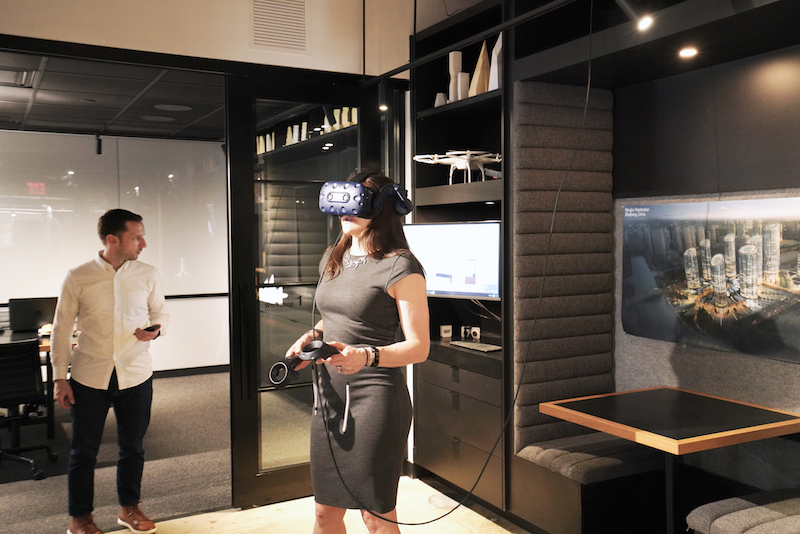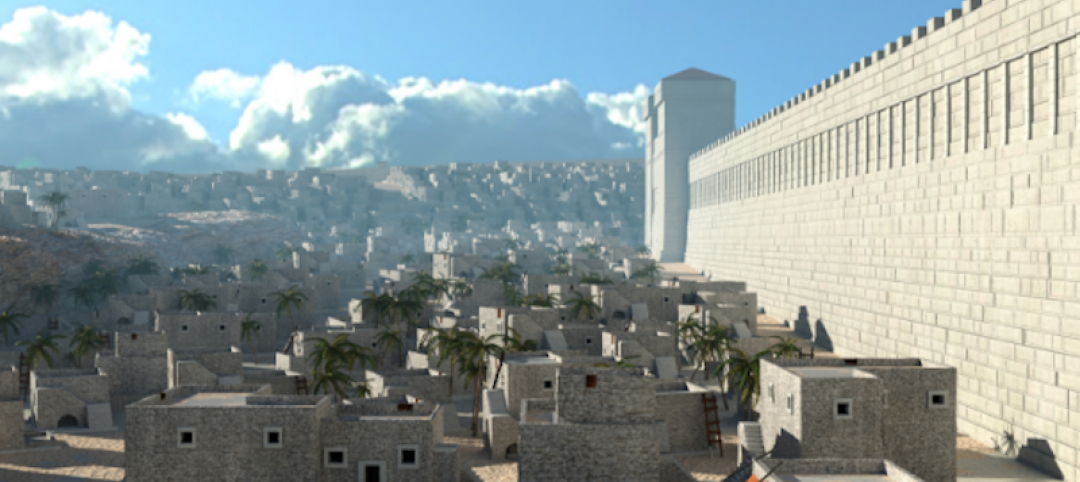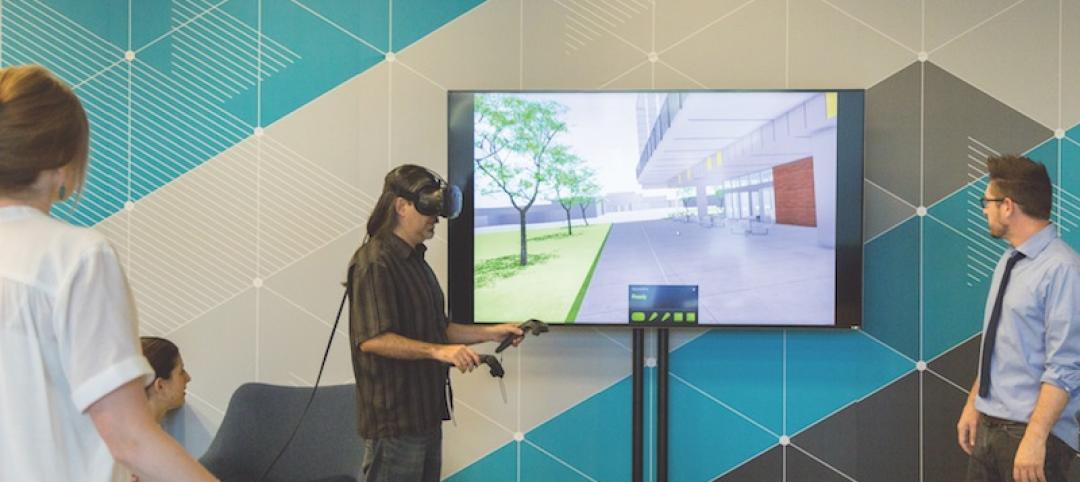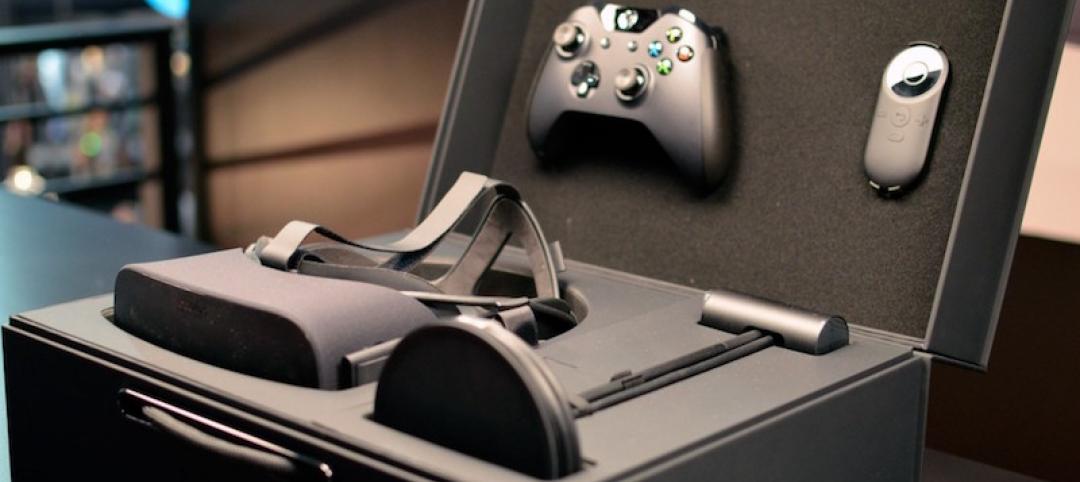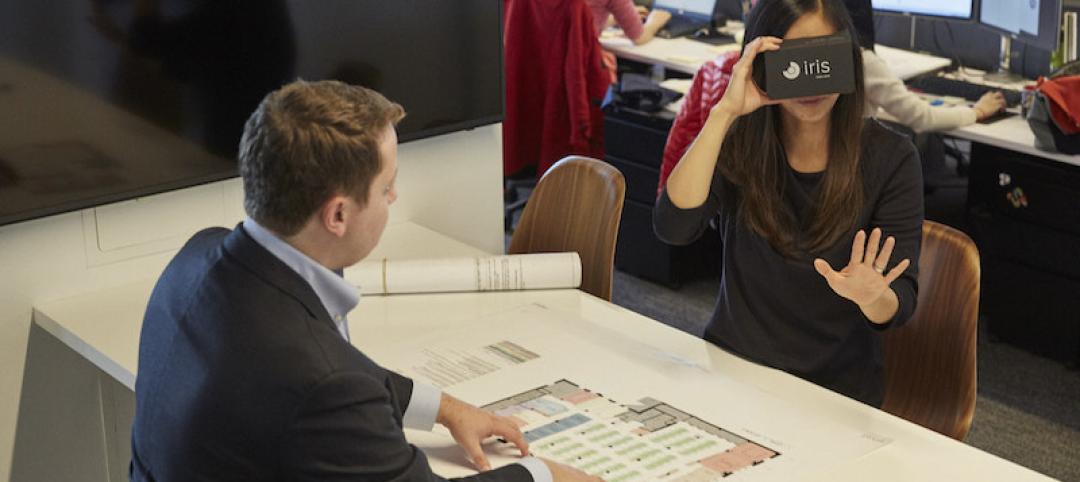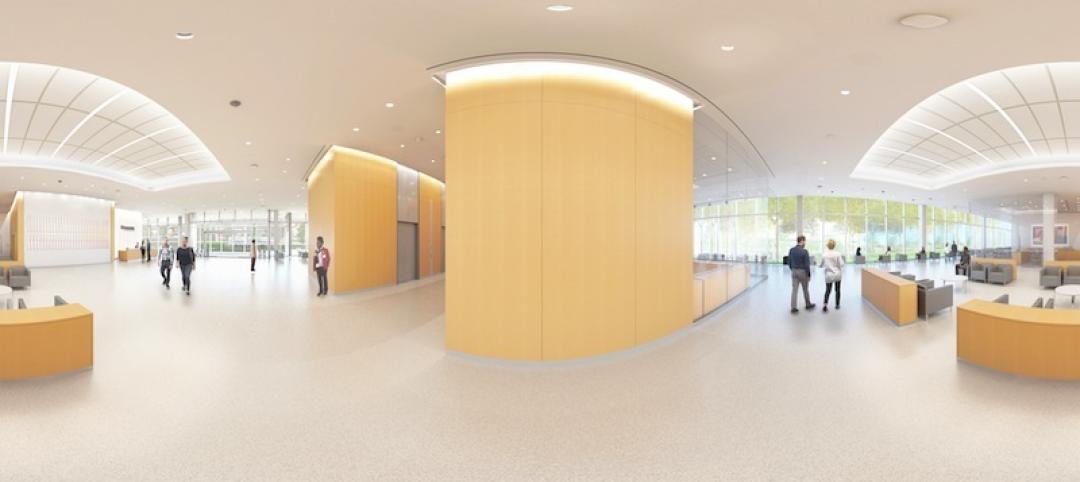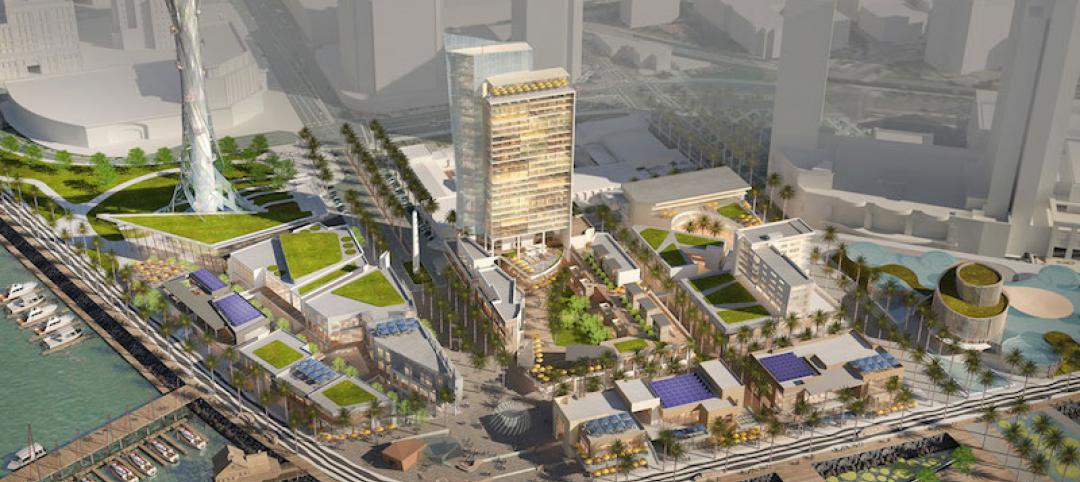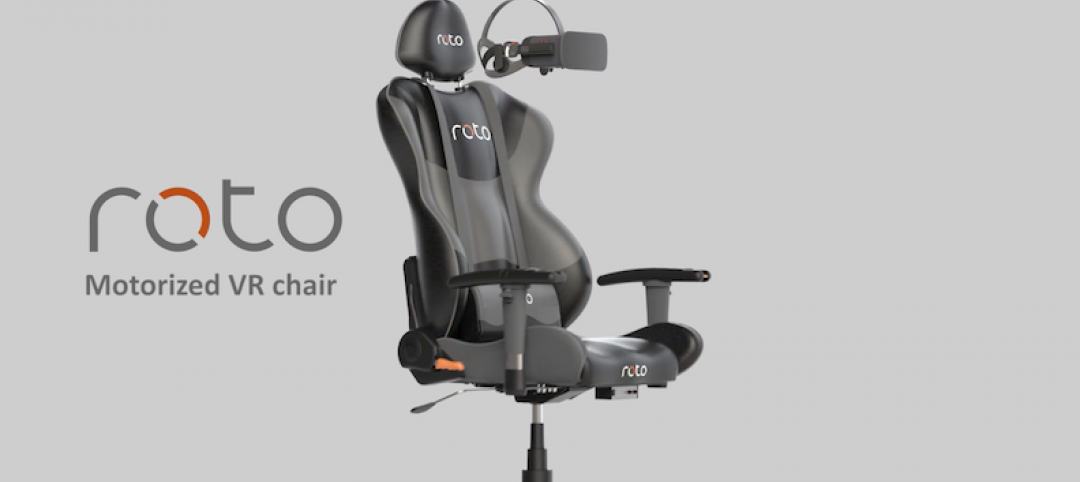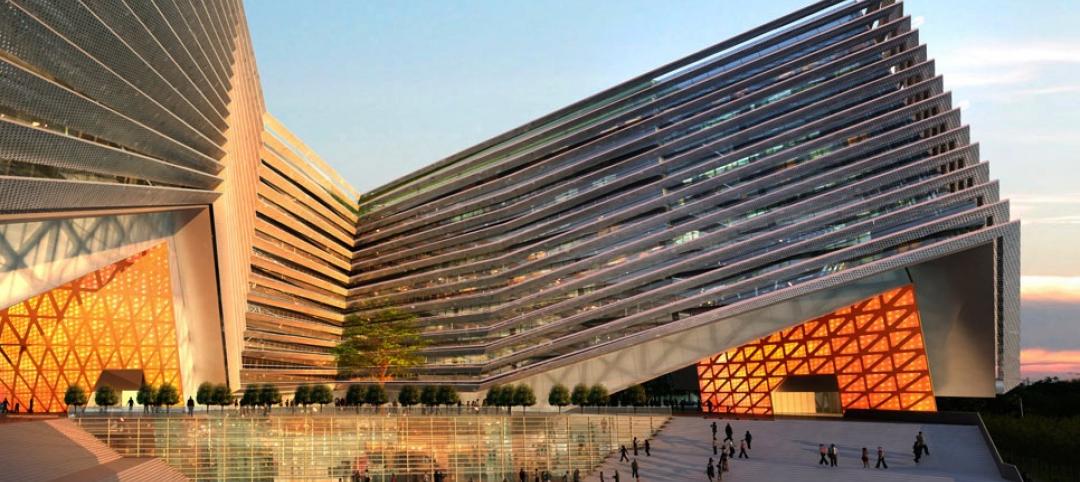Woods Bagot, one of the industry’s oldest architectural firms, is embracing the future of design and client relations with virtual reality apps that offer customizable interfaces.
For a number of years, the firm has played with a variety of virtual reality apps for design presentations, including ones that allow for 360-degree viewing.
About a year ago, Woods Bagot, with 16 studios around the world, developed its own VR app, driven by game-engine technology, with the goal being to give clients a unique spatial and human experience “that you can’t get from a rendering or even animation,” says Shane Burger, Woods Bagot’s Principal and Global Leader of Technical Innovation.
The “bespoke” app works like this: Woods Bagot creates what Burger calls a “white-card rendering” that puts the client in the VR space and allows him or her to move from room to room. The environment is designed, but in a very early concept stage.
The apps, so far at least, have been most effective for designing interiors, says Burger.
The beauty of using VR apps in early design stages is that there’s a fairly quick turnaround so that a more refined design can be presented to the client either in Woods Bagot’s New York office—which includes a 10x15-ft space equipped with an HTC Vive headset and screen—or by using a phone app with a portable headset like Google cardboard.
One of the benefits of having clients install the apps on their phones, explains Burger, is that they can receive Woods Bagot’s design proposals right away, and that multiple people can view the design simultaneously. (The designs are accessed via a web link.)
Woods Bagot has developed apps for both iOS and Android phones.
The first time the firm deployed a customizable VR app was to bid on a project with a technology client. Since then, Woods Bagot has made a number of refinements to its platform, such as adding more interfaces that allow clients to “walk through” multiple floors of the building. Woods Bagot is now developing apps that allow users to flip through white-card and materials environments within VR.
The biggest “learning step” in virtual design, says Burger, has been “to keep our options open, and to keep the user interface really simple, because most clients don’t have a lot of experience with VR.” Indeed, when Woods Bagot walks a client through the process, it typically has the user stay relatively stationary to get used to the VR surroundings.
Burger says most users are less disoriented when they use a mobile app because the viewer doesn’t block their peripheral vision.
VR is becoming a more sophisticated design tool for Woods Bagot, whose visualization team in London has been generating renderings right from virtual reality. Woods Bagot also recently used its VR app with a client for a project in Japan with 18 floors.
Woods Bagot is striving to get to the point where using a customized VR app enables a conversation with clients “that wouldn’t have happened otherwise,” says Burger.
Related Stories
Virtual Reality | Feb 1, 2017
Tour ancient buildings and cities as they were when new with Lithodomos VR
An Australian archeological startup is bringing the ancient world to a VR headset near you.
Virtual Reality | Jan 13, 2017
Virtual Reality: How three firms are using VR technology
From business development to concept design to virtual meetings, VR has become ensconced in architecture firms across the country.
Designers | Jan 13, 2017
The mind’s eye: Five thoughts on cognitive neuroscience and designing spaces
Measuring how the human mind responds to buildings could improve design.
Virtual Reality | Dec 8, 2016
What's your reality? A VR primer
In a world with many plays on ‘-reality’ what do they all mean and how best can they be deployed?
Virtual Reality | Nov 16, 2016
Converting 3D model files to VR, with one click
IrisVR offers two new products to simplify and enhance the application of virtual reality for designing projects.
Virtual Reality | Jul 30, 2016
Stantec to open VR showrooms in two offices
The firm moves into its second stage of testing this technology as a real-time design tool.
Sports and Recreational Facilities | Jul 20, 2016
San Diego’s waterfront redevelopment would go beyond a mere ‘project’
Its developers envision a thriving business, education, and entertainment district, highlighted by a huge observation tower and aquarium.
Virtual Reality | May 17, 2016
Roto VR: the world’s first virtual reality chair
Roto VR looks to create the most immersive VR experience available by incorporating things like motorized turns, cable management, and double rumble effect
AEC Tech | May 9, 2016
Is the nation’s grand tech boom really an innovation funk?
Despite popular belief, the country is not in a great age of technological and digital innovation, at least when compared to the last great innovation era (1870-1970).
Virtual Reality | Apr 29, 2016
NBBJ to develop virtual reality productivity platform
The Seattle design firm has partnered with Visual Vocal, a startup VR company.


